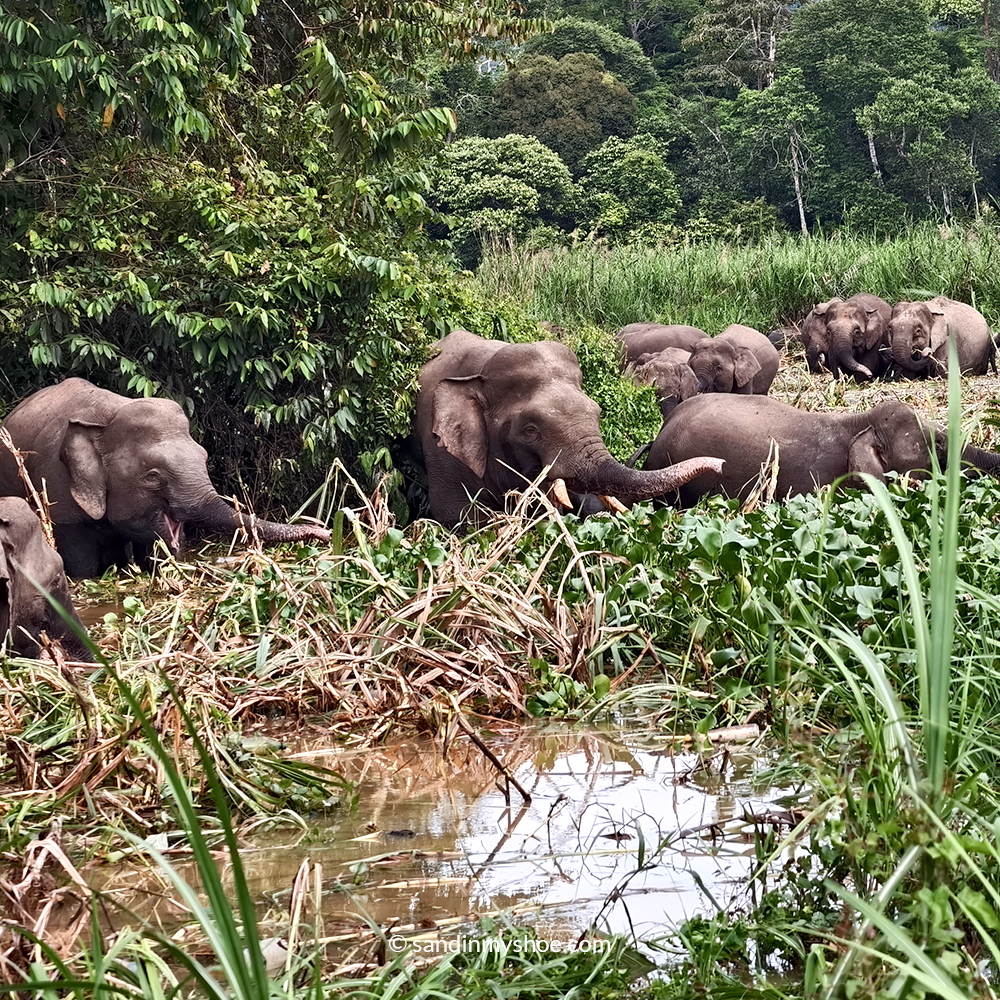
Image this scene unfold on a postcard-perfect beach in the Phillipines.
Encounters like this isn’t that rare in these parts of the world and it’s one of the biggest reason why I enjoy travelling the region—it takes you by surprise each time and it truly captures Southeast Asia in a nutshell: beautiful and chaotic, yet fresh and welcoming.
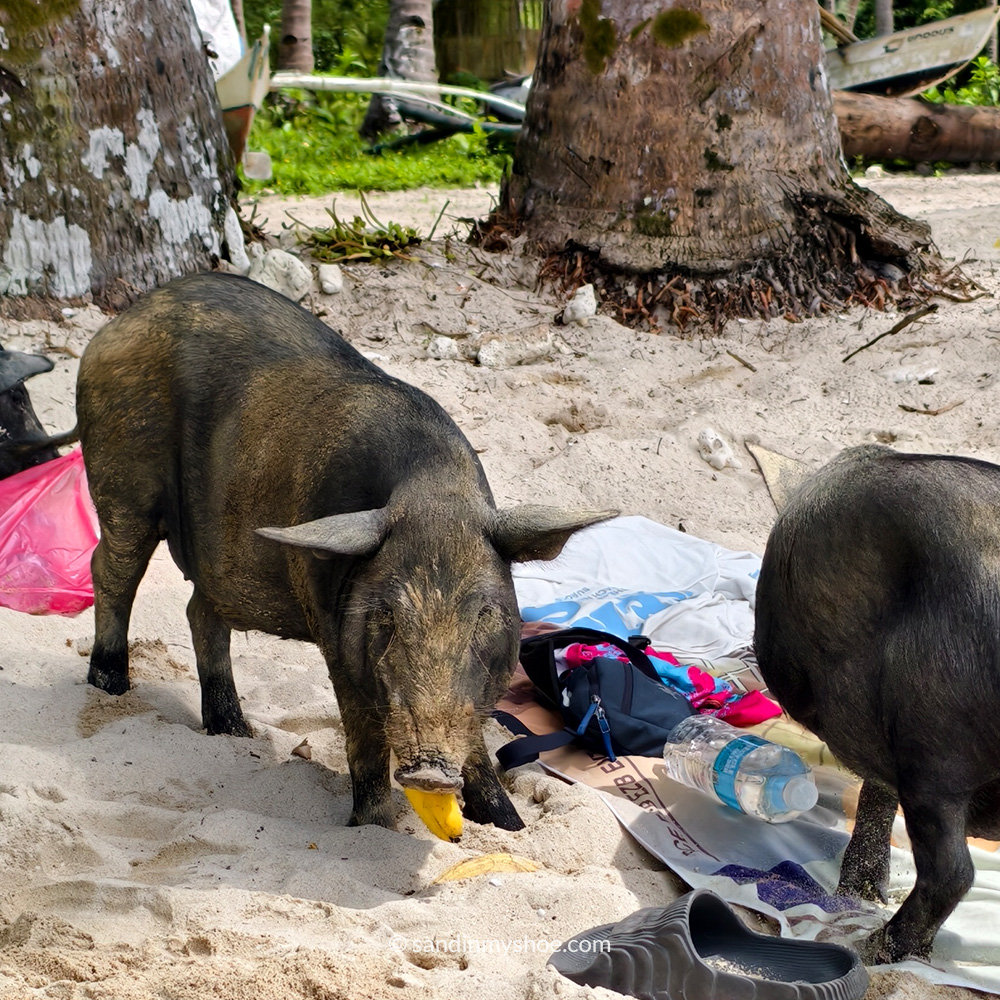
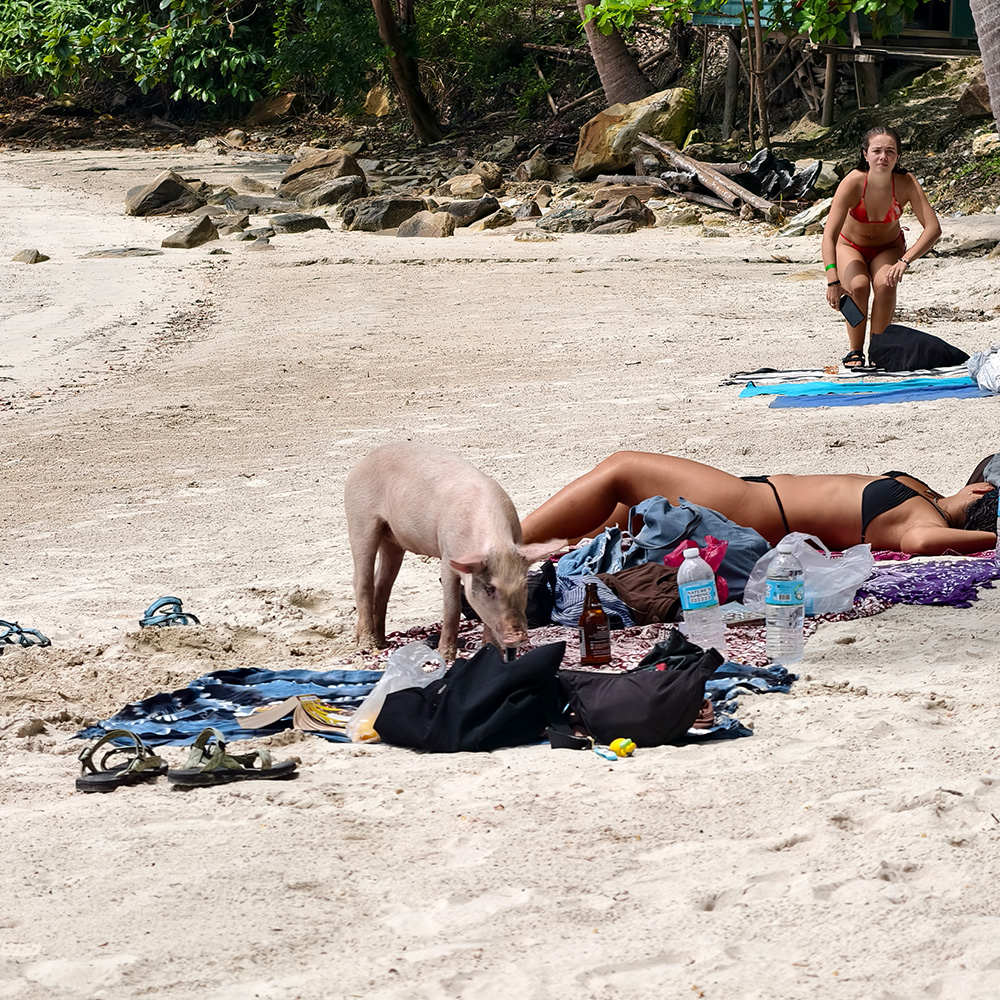
I’ve been in in Southeast Asia for a total of one year and in this post I’ll cover the reasons why you should travel this region as well.
Affordability & Value
One of the biggest reasons I keep coming back to Southeast Asia is how affordable it is—especially for backpackers and mid-range budget travelers. If you are coming from a Western country, your money streches surprisingly far here. In most places (except Singapore, Phillipines and Malaysia) you can easily get by on less than $30 a day on a backpackers budget. That would include budget accommodation, sticking to local restaurants, public transport and cheaper activities. However, a budget of $50-$65 a day would be enough to travel Southeast Asia comfortably without the need to constantly budget, and do much more activities.
- Budget accomodation: dorm rooms or budget guesthouses often cost $5-$15 per night.
- Food: Local restaurants and street food meals can be as low as $1-$3.
- Transport: Buses and train are cheap. Motorbikes can be rented for $3-$10 per day.
- Activities: Many cultural sights are cheap—temples, museums, and historical landmarks (with exceptions like Angkor Wat and similar major sites). Hiking is many times free, but not in national parks such as Khao Sok or Taman Negara, and beaches are either free or have a small entrance fee. However, if you want to dive ($60–$80 per day), attend cooking classes ($20–$40), join guided tours or visit national parks ($5-$20), the costs can add up quickly.
Pro tip: In most capital or popular cities, you’ll find free walking tours—technically not free, but tip-based. They’re a great way to explore the city, learn about its history, and meet other travelers, all at a price that’s budget-friendly.
Nature & Wildlife
The second reason I enjoy these places is the wild beauty. On one side, there are ancient jungles and hilltops that look like Windows wallpaper; on the other, white-sand beaches—some with unexpected pig raids—and postcard-perfect islands.
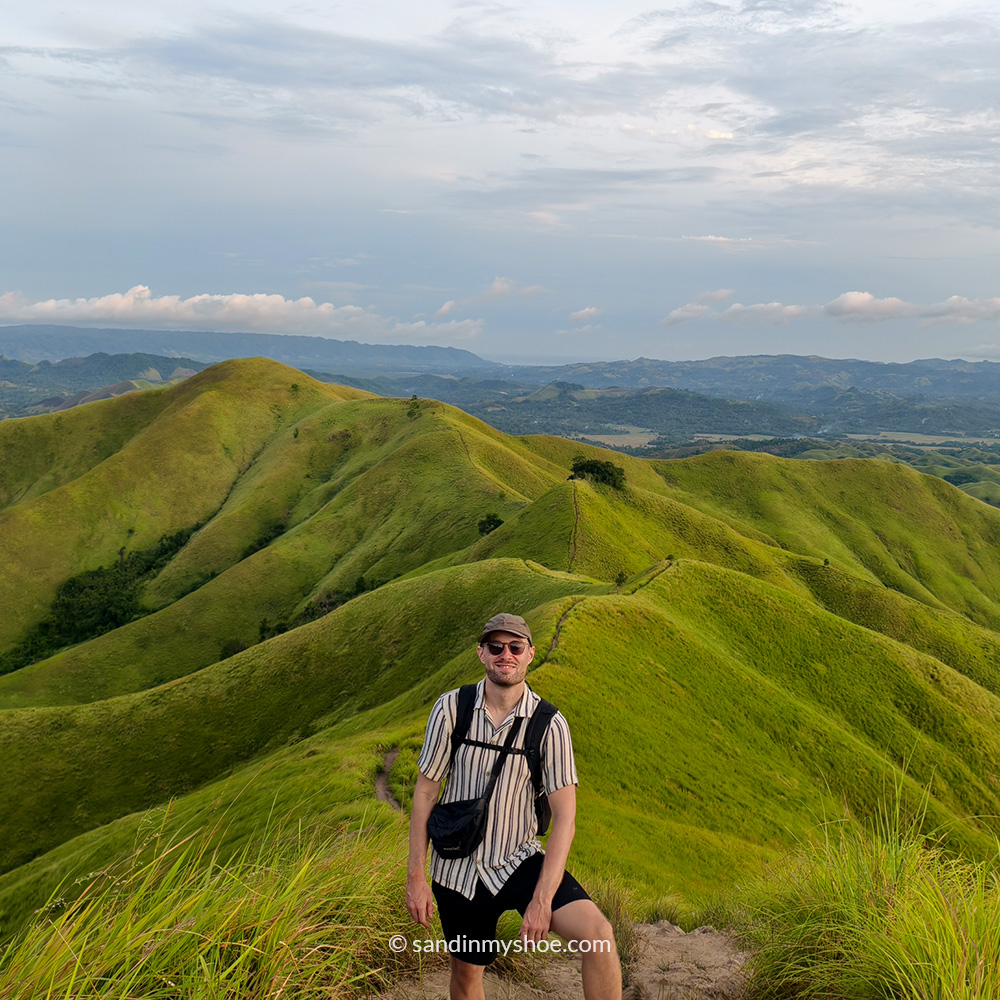
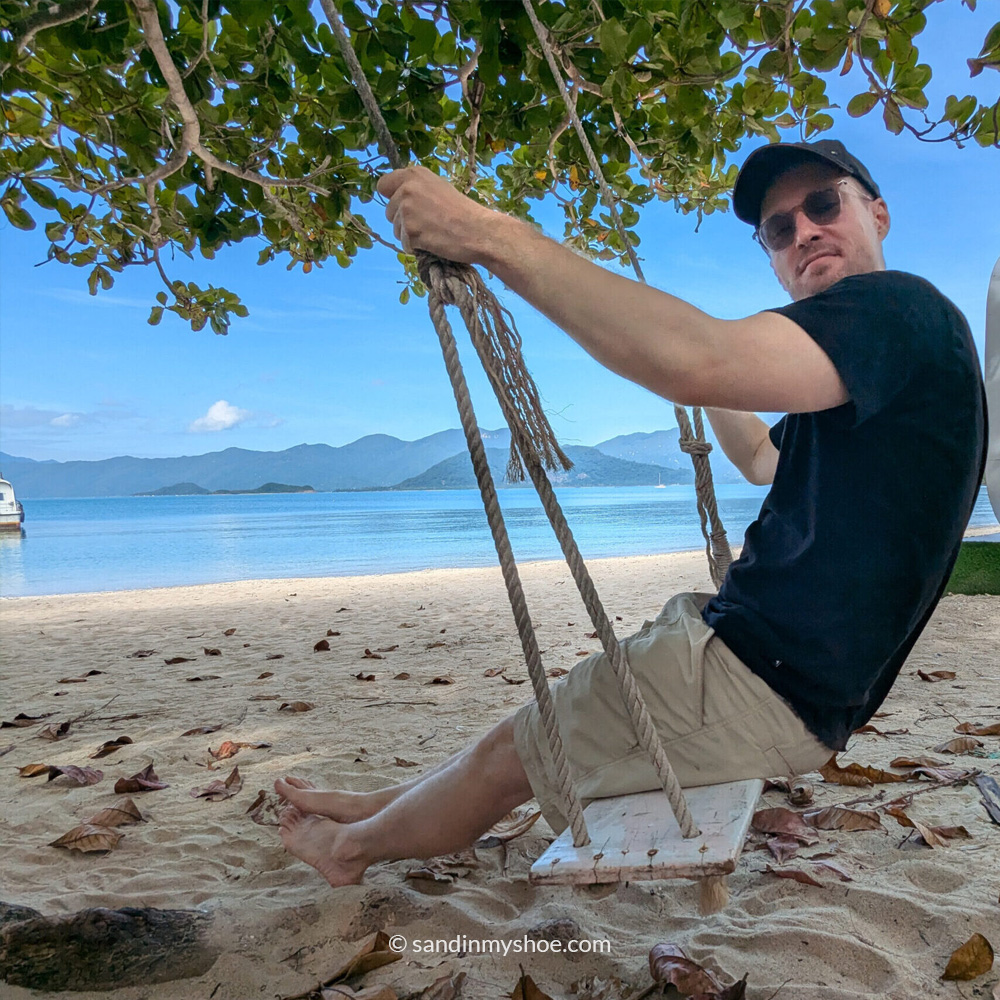
With nature being more raw, wildlife tends to roam more freely as well. You can encounter different types of monkeys just by strolling around in small villages, and packs of dogs often share the streets.
Great beaches can be found throughout Southeast Asian countries, but some of the best ones are in Thailand, the Philippines and Indonesia.
River Safaris
For me, the best experience of nature and wildlife combined was during a river cruise safari in Borneo. Here I could see pygmy elephants, orangutans and many types of hornbills in their natural habitat.

No lack of monkeys
Another amazing experience was being surrounded by leaf-eating monkeys while hiking near a mountain top in George Town, Malaysia. I spotted them on several trees in the distance. As I moved closer to take some photos, one by one they climbed down the trees. Before I knew it, I found myself surrounded. Whether it was their curiosity about me or perhaps hoping for something tastier than just leaves, the moment turned into a great photo opportunity.
That hike was just one highlight from my time in George Town. If you’re planning a visit and wondering about the best things to do in George Town, I’ve put together a relaxed 4-day itinerary that includes this trail, plus street food spots, the Snake Temple, Penang National Park, and more.
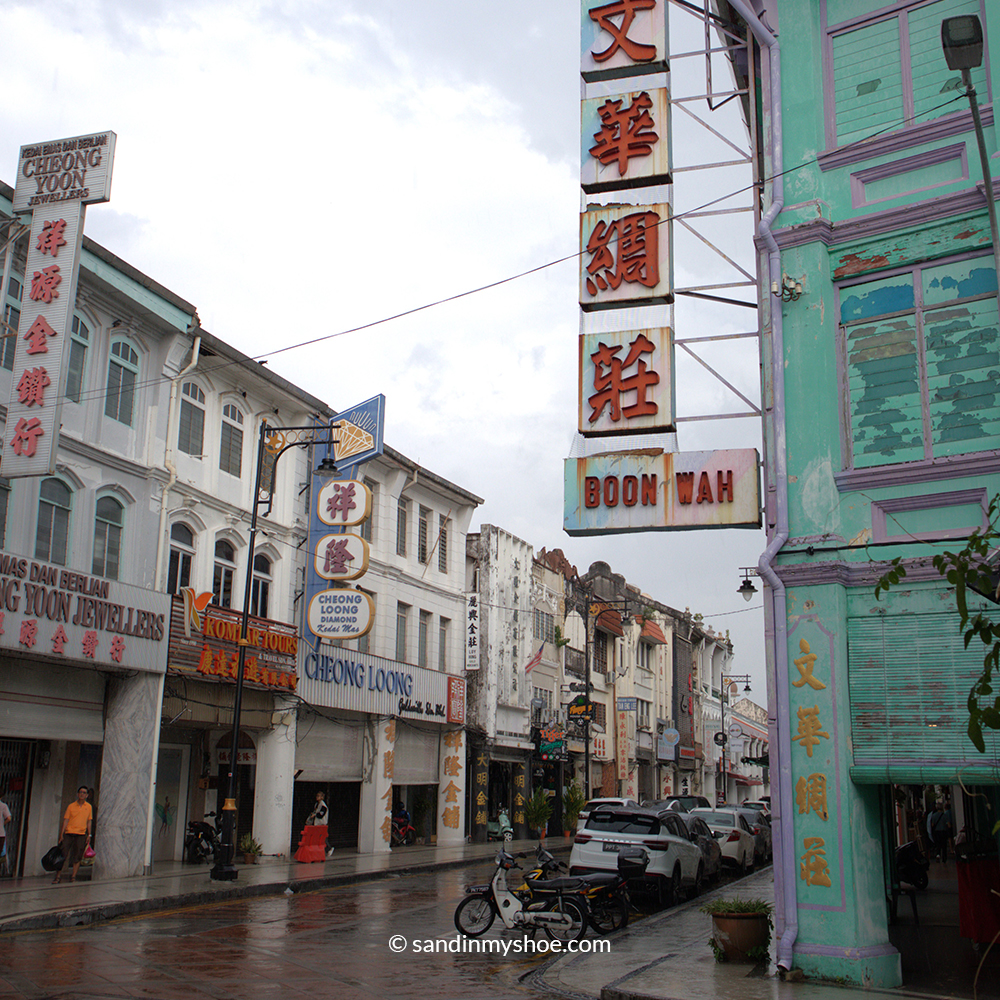
Best Things to Do in George Town, Penang (Guide with 4-day Itinerary)
Adventure
There’s no lack of adventure when traveling through Southeast Asia. Even the most ordinary moments can feel like a thrill ride—whether you’re sitting in the backseat of a tuk-tuk speeding through Bangkok traffic or guarding your food from monkeys at a beachside restaurant in Port Barton, Philippines.
Beyond these everyday thrills, there are bigger adventures waiting. One classic experience is riding one of the motorbike loops in the northern regions.
Motorbike Adventures
Slowly cruising past rice fields, winding through mountains, and stopping wherever curiosity leads has become one of my favorite ways to explore. Southeast Asia offers several epic routes that promise adventure, stunning landscapes, and a taste of freedom on two wheels:
- Thailand: Mae Hong Son Loop – winding roads and mountain views
- Vietnam: Ha Giang Loop – dramatic cliffs and ethnic villages
- Laos: Thakhek Loop – limestone caves and quiet villages
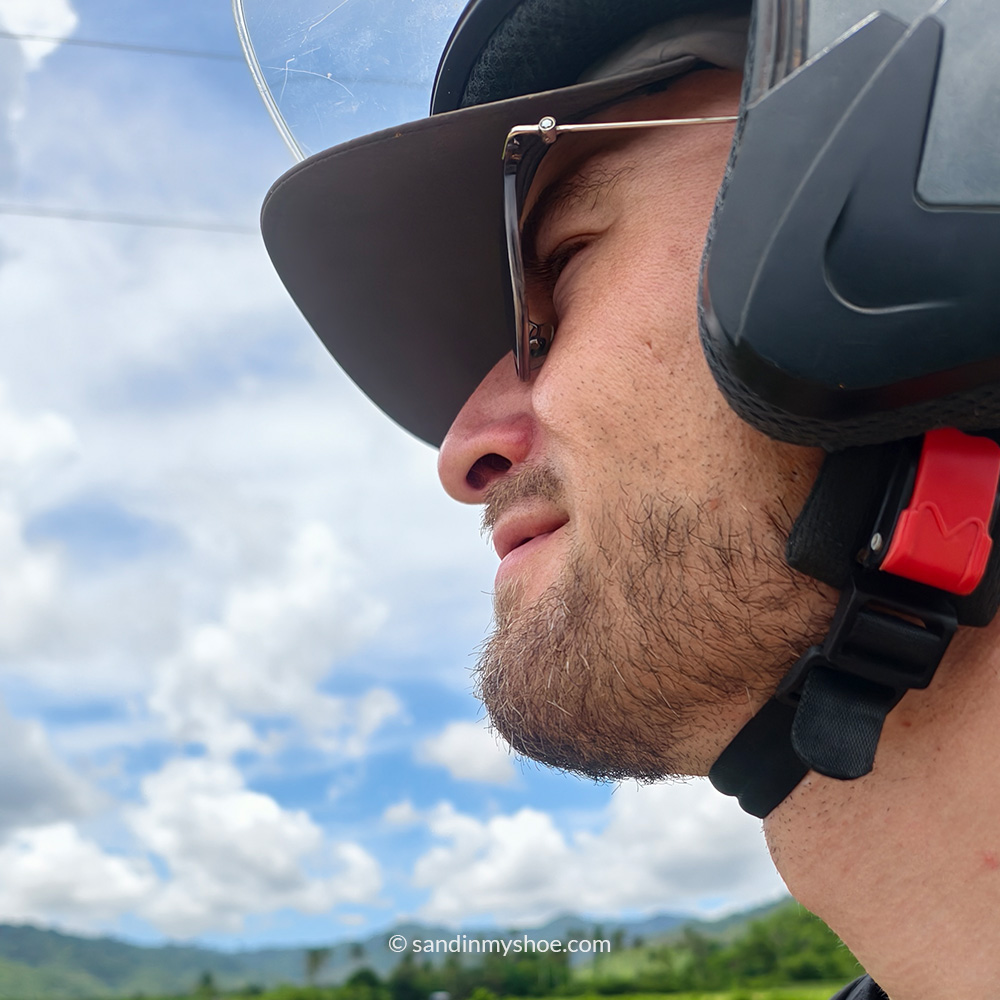
Jungle Treks & Hiking
Hiking is another way to connect with the region’s raw nature. There are countless day hikes across Southeast Asia, but one that left a lasting impression was trekking through some of the world’s oldest rainforests in Malaysia, where I spent the night in a cave. You can read more in my post about the Taman Negara Jungle Trek, which covers what to expect, what to pack, and answers to common questions.
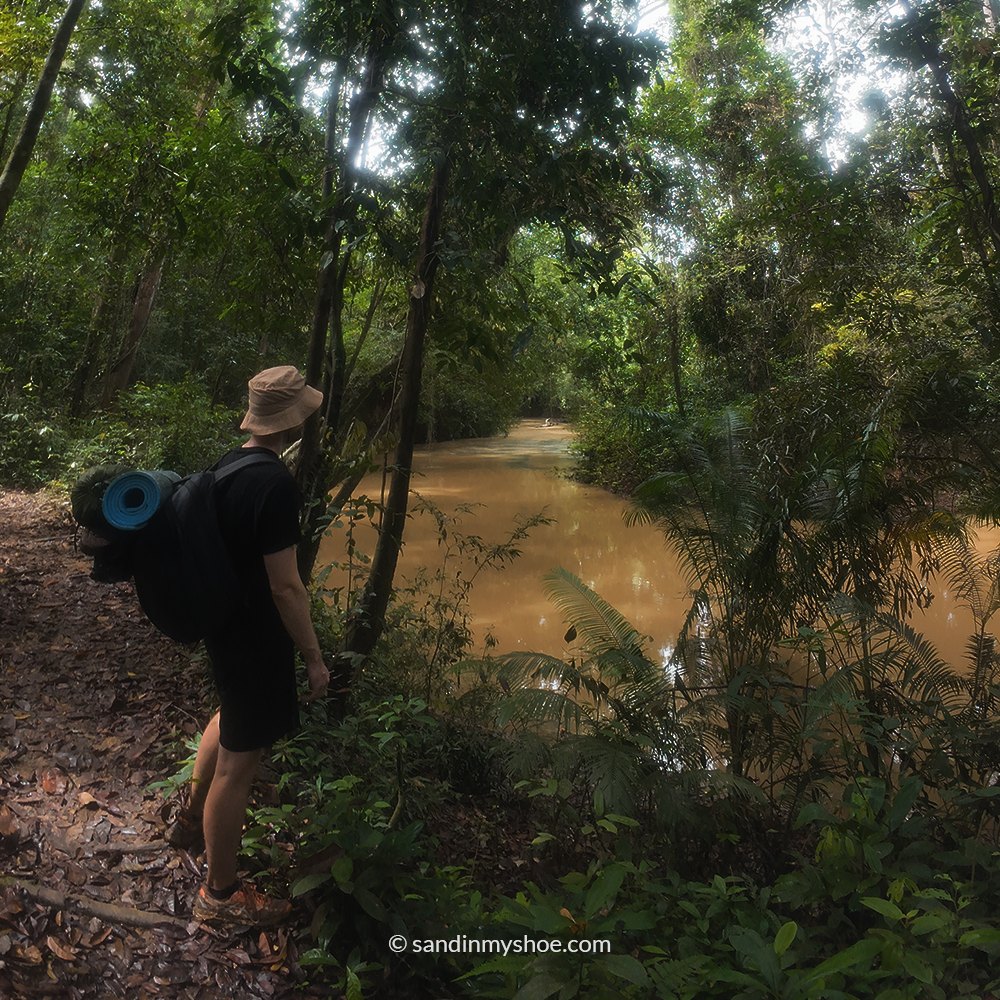
Island Hopping
I joined a three-night island-hopping tour in the Philippines, traveling from Palawan to Coron. The trip included accommodation, meals, and drinks, and took us to secluded beaches where we stayed in simple huts right on the sand.
Sea Life
The waters of Southeast Asia are teeming with life—from clownfish and turtles to manta rays and whale sharks, and hundreds more species. Snorkeling offers a glimpse into this vibrant world, but diving takes you deeper and lets you stay longer—up to 45 minutes instead of just a breath at a time. Here are a few unforgettable experiences:

Snorkeling with Thousands of Sardines in Moalboal
Just 50 meters from the rocky shore, you can snorkel with turtles and massive schools of sardines. They move hypnotically in shimmering packs, and at times, you’ll find yourself completely surrounded. It’s a surreal experience.
Diving with Thresher Sharks in Malapascua
At dawn, I joined a group of divers and headed to Monad Shoal—the only place in the world where thresher sharks can be seen year-round. Shortly after plunging into the water, the sharks appeared, swimming just 4–5 meters away. They’re peaceful creatures, as long as you don’t agitate them.
Freediving in Barracuda Lake
I tried freediving for the first time in Barracuda Lake, Coron—and it was unforgettable. Reaching 20 meters felt surreal, especially since just weeks earlier, even 10 meters had seemed impossible. The lake sits in a volcanic crater where saltwater and freshwater layers refuse to mix. As you descend, the water warms until around 25 meters, then suddenly cools again. Only two lakes like this exist in the world.
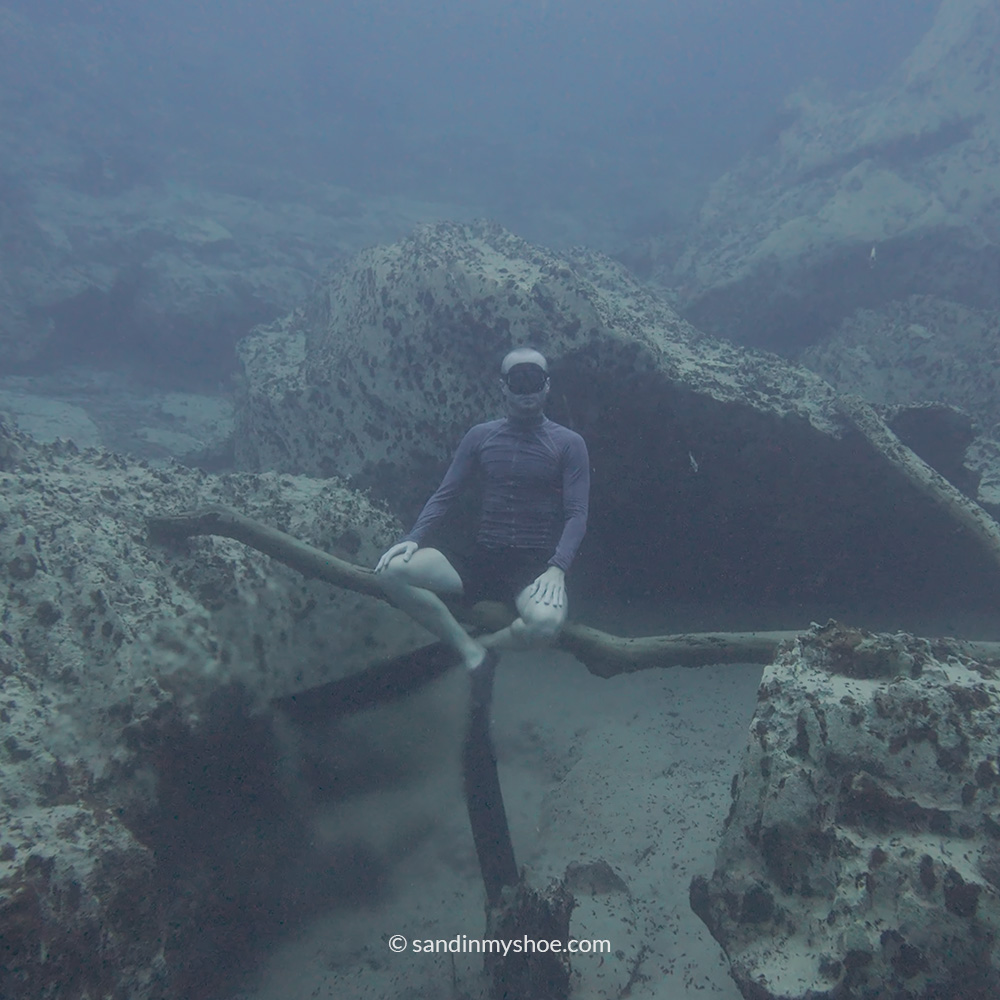
Food
Everywhere you eat in Southeast Asia—from a roadside cart to a family-run diner—you’ll find good food that won’t break the bank. I usually go where the locals eat, and most of the time, the food is not only cheap but also delicious and full of flavor. Whether it’s a bowl of noodles, grilled meat, or spicy curry, the food is fresh, satisfying, and often better than anything you’d find in a fancy restaurant. But not every streetfood stall puts hygiene first. While most places are fine, I take a few extra precautions: I pick stalls that are busy with locals, and I always watch how the food is prepared before ordering.
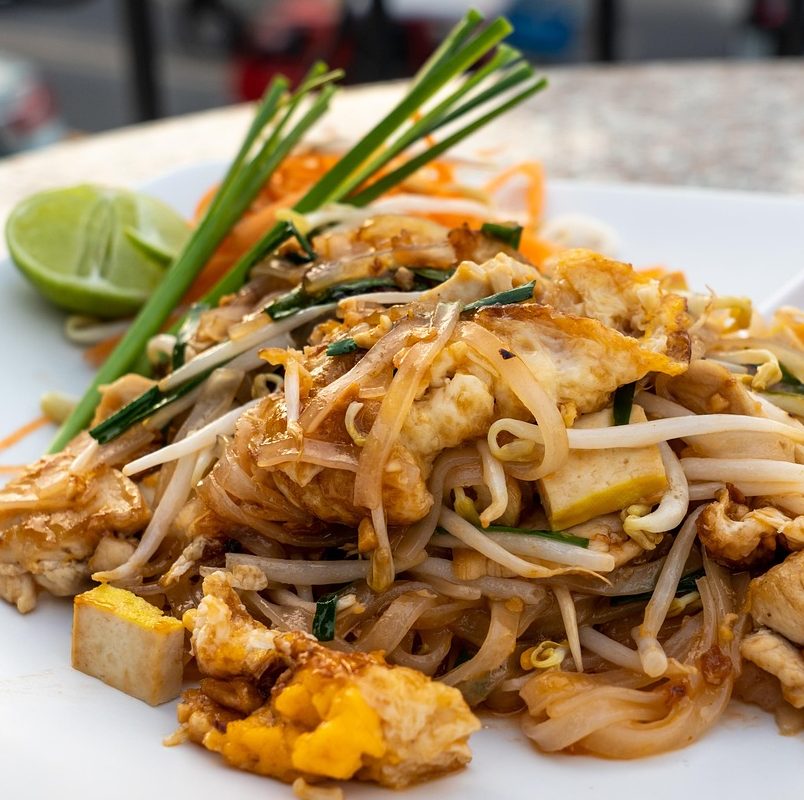
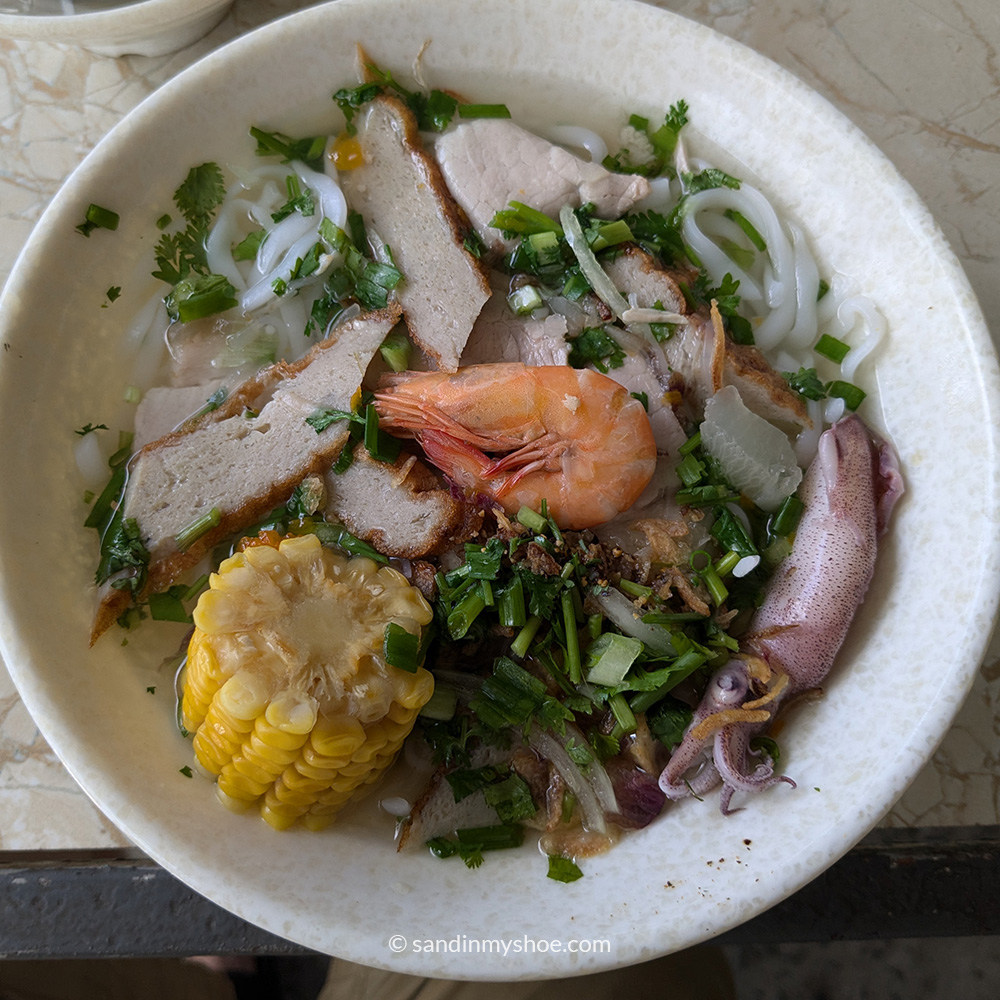
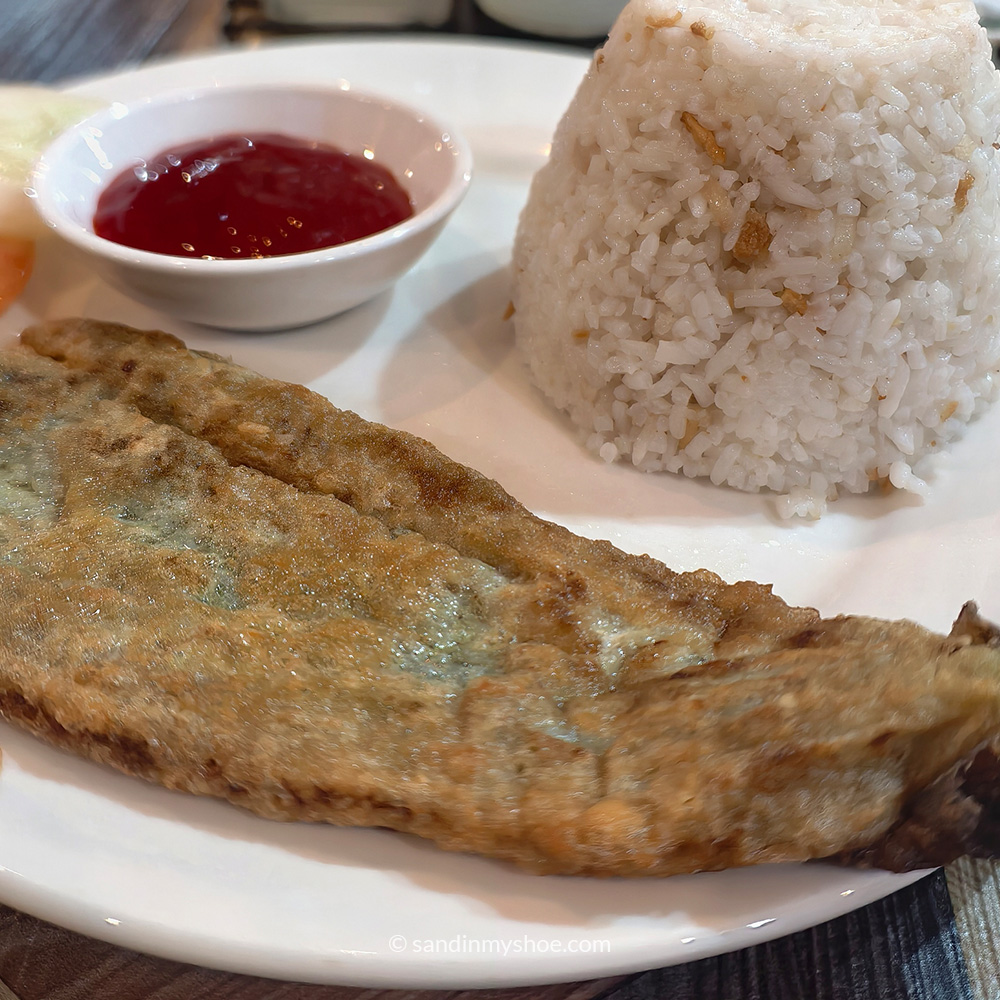
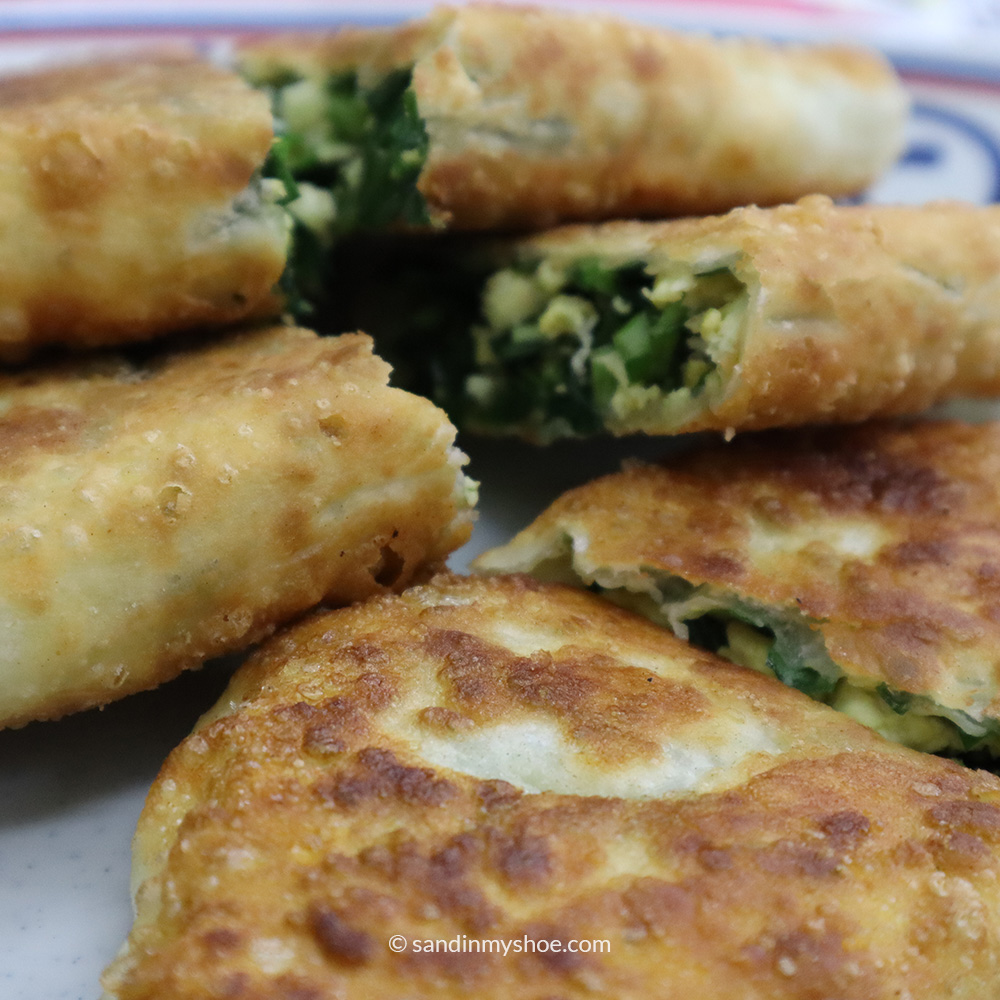
Everything is negotiable
When you travel Southeast Asia, one thing you’ll quickly notice is how negotiable prices are. I haggle from markets to guesthouses, and I even haggled at the dentist in the Phillipines, and it felt like acceptable behaviour. Haggling is not just accepted, but a part of daily life.
A t-shirt might be listed for 300 bath (~$9), but with the help of some friendly bargaining, you’ll end up paying 100 bath (~$3) or even less. When I haggle, I imagine myself as a local and ask: how much could someone with a local salary spend on this item? Then I negotiate based on that. Though, I do not mind paying a bit more if it’s a family-owned business.
Transport
Getting around in the cities can be tricky, especially if it’s very touristy where the prices are heavily inflated. You can bargain with the tuk-tuk and taxi drivers, but the way I do is to just use Grab. It saves you from constantly needing to negotiate.
Accommodation
Accommodation is a big part of a travel budget and it can be haggled down as well. Especially if it’s low season or if you are staying longer than a couple of days. The way I do it, I check beforehand on Agoda for guesthouses or hotels with many available rooms. Later, I go there in person without a booking, and try to haggle down the price. Sometimes it works, other times it doesn’t.
Food
One area I normally don’t haggle is food, it just feels weird to haggle food, but if I feel that I’m really getting overcharged then I start haggling or just go to another place.
If you’re traveling for an extended period, it’s essential to haggle—after all, many small streams make a mighty river (swedish saying).
Climate & When to Travel Southeast Asia
Southeast Asia has tropical weather all year. Temperatures range from 25°C to 35°C. There are two main seasons: dry and rainy. The dry season is great for beach trips. The rainy season brings lush greenery and fewer tourists, which often means lower prices. There’s really no need for pants, except for some clubs or finer dining experiences.
Here’s a quick guide to monsoon seasons, so that can plan your trip better:
| Country | Wet Season | Dry Season | Notes |
|---|---|---|---|
| Thailand | May – Oct | Nov – Feb | Southern Thailand also experiences inter-monsoon periods in March-April and October-November |
| Vietnam | May – Oct | Nov – Apr | Northern Vietnam has cooler dry season; southern Vietnam has less distinct dry season |
| Laos | May – Oct | Nov – Apr | Typical monsoon pattern with wet and dry seasons |
| Cambodia | May – Oct | Nov – Apr | Similar to Laos and Vietnam |
| Myanmar | May – Oct | Nov – Feb | Coastal regions have longer wet season. Check for safe regions for tourists before going. |
| Malaysia | April – Oct | Nov – Mar | East coast has more pronounced wet season; west coast is relatively drier |
| Philippines | Jun – Nov | Dec – May | Some regions have two distinct wet seasons due to monsoon shifts |
| Indonesia (West) | Nov – Mar | May – Sep | Varies on islands |
| Indonesia (East) | May – Sep | Nov – Mar | Varies on islands |
| Timor-Leste | Nov – Apr | May – Oct | Tropical climate with distinct wet and dry seasons |
| Singapore | Nov – Jan | Feb – Oct | Equatorial climate with less distinct seasons but monsoon influences |
Warm Hospitality & Safety
Locals are very friendly and I’ve felt safe in every Southeast Asian country I’ve visited so far—actually safer than in many parts of Europe. The biggest concern in these countries is petty theft, however the most common problem tourists experience is food and alcohol poisoning, or motorbike accidents.
Local Hospitality
What makes travel Southeast Asia truly special is the people. Locals are often incredibly friendly, curious, and helpful—though tourist traps can be a different story. During my time in Malaysia, I hitchhiked a few times in Borneo because there weren’t many other transport options. Each time, I was picked up and brought to my destination, sharing great conversations along the way. Even when I offered money—multiple times—they wouldn’t accept it, not even when I tried to place it directly in their hands. Twice, I was told they’d rather leave a good impression of their country with me. In Semporna, I was invited to join a family’s celebration meal just by walking past their house during Eid (The muslim festival of breaking fast).
Transport & Road Safety
Motorbike riding is one of the most common ways to get around in Southeast Asia—but also one of the riskiest. Tourist crashes are so frequent that the scrape and burn wounds have nicknames like the “Bali Rash” or the “Thai Tattoo.” Traffic can be chaotic, rules loosely respected, and often the biggest vehicle sets the tone on the road.
Knowing this, I usually hesitate to rent a motorbike at first—but after a week, I’m always riding one anyway, since it’s the easiest way to get around. To reduce the risks, I make sure the helmet is decent, I don’t drive too fast (keeping it under 50–60 km/h), and I avoid riding in the rain or after dark. Before renting, I always check that the brakes work and the wheels are in good condition.
Final Thoughts About Why You Should Travel Southeast Asia
Southeast Asia has long been a favorite among travelers—and for good reason. Whether you’re a foodie, an adventure seeker, or simply looking to unwind on a beach, this region has something for everyone. Some areas may feel a bit too touristy for my taste, but there are still plenty of quieter corners waiting to be explored.
If you haven’t yet experienced travel Southeast Asia, I highly recommend it. Just book a flight to Bangkok and take it from there — the journey will unfold in ways you won’t forget

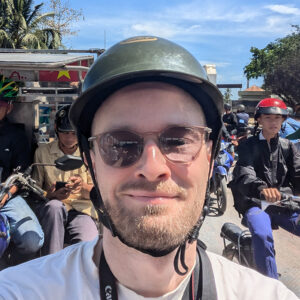
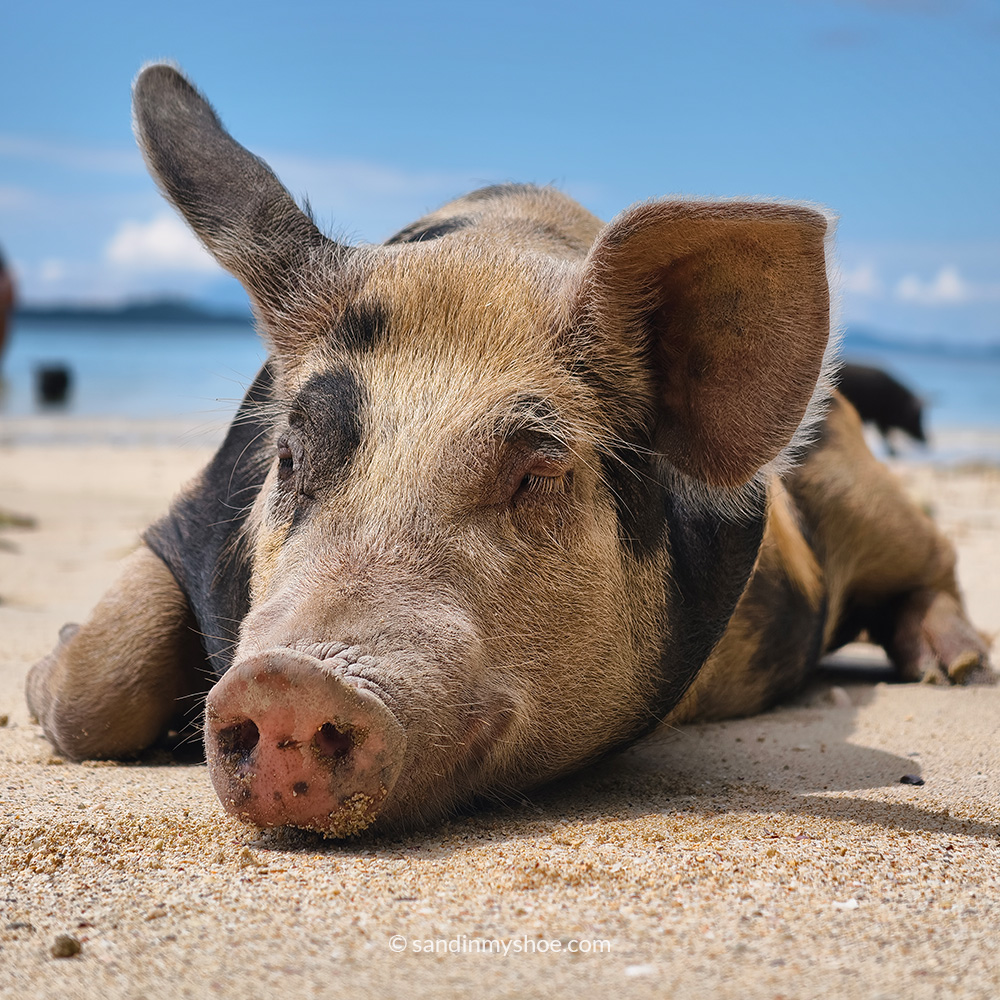




No comments yet, be the first one!
I appreciate hearing from you. If you have any suggestions, questions, or feedback, please leave a comment below. Your input helps ensure the information stays relevant and up to date for everyone.
Thank you for sharing your thoughts!